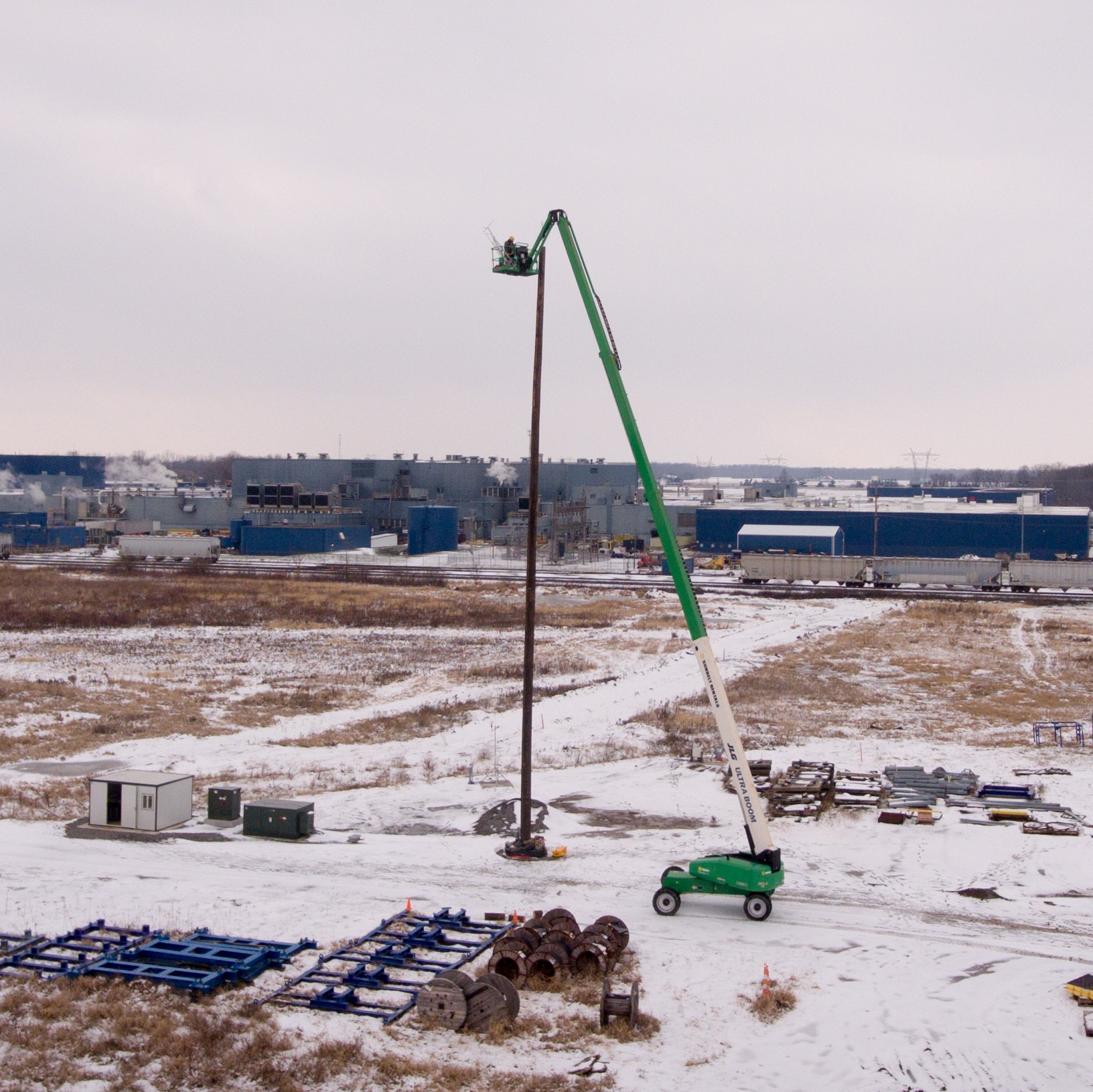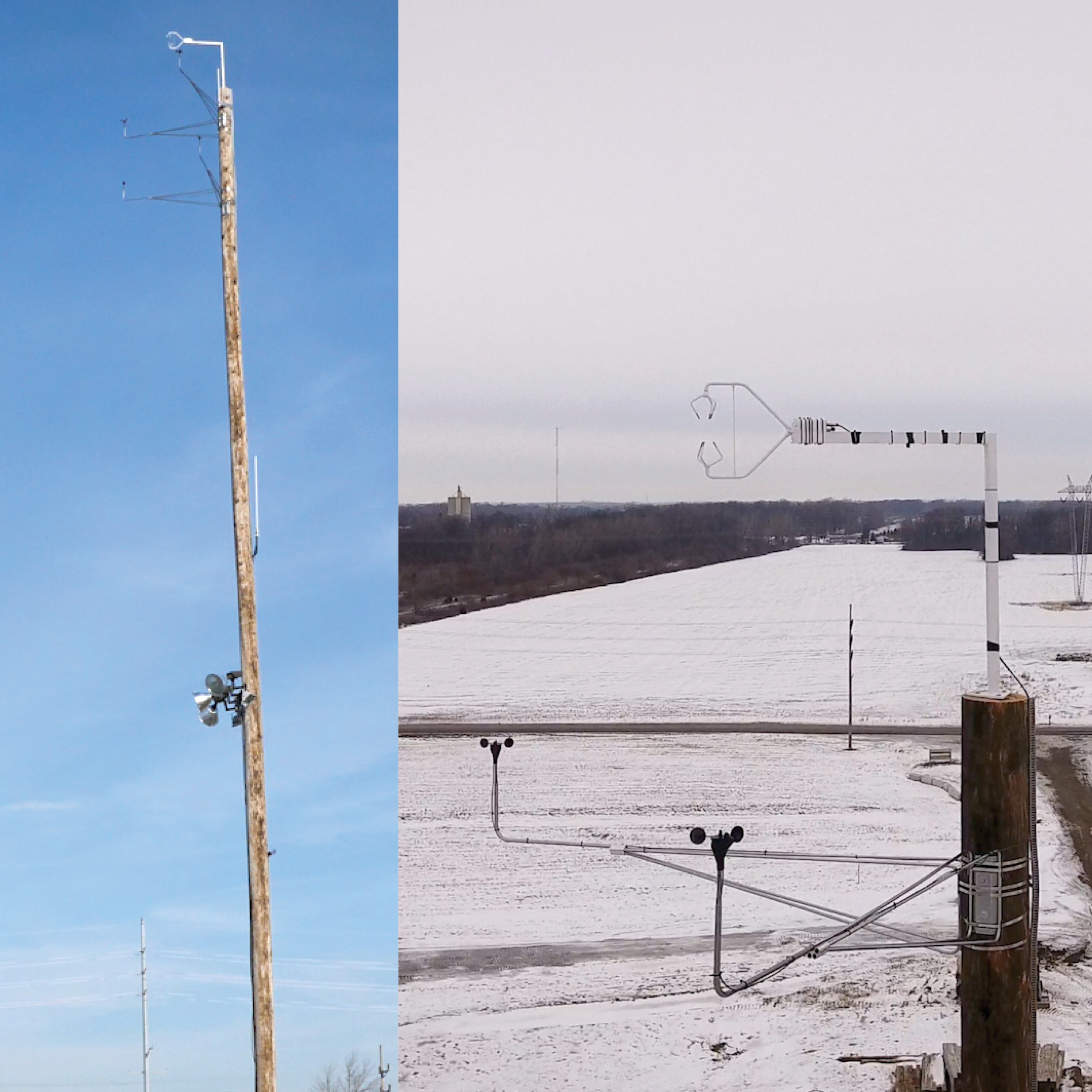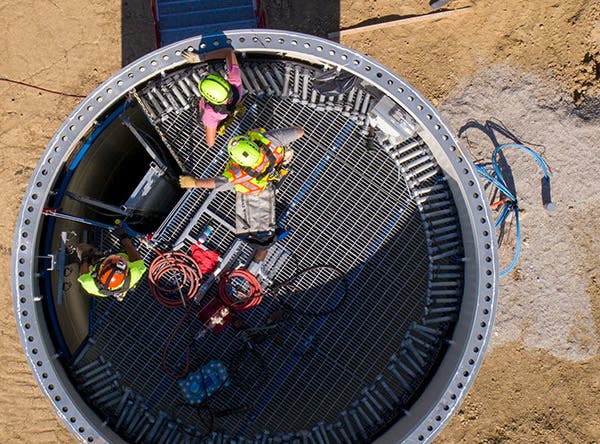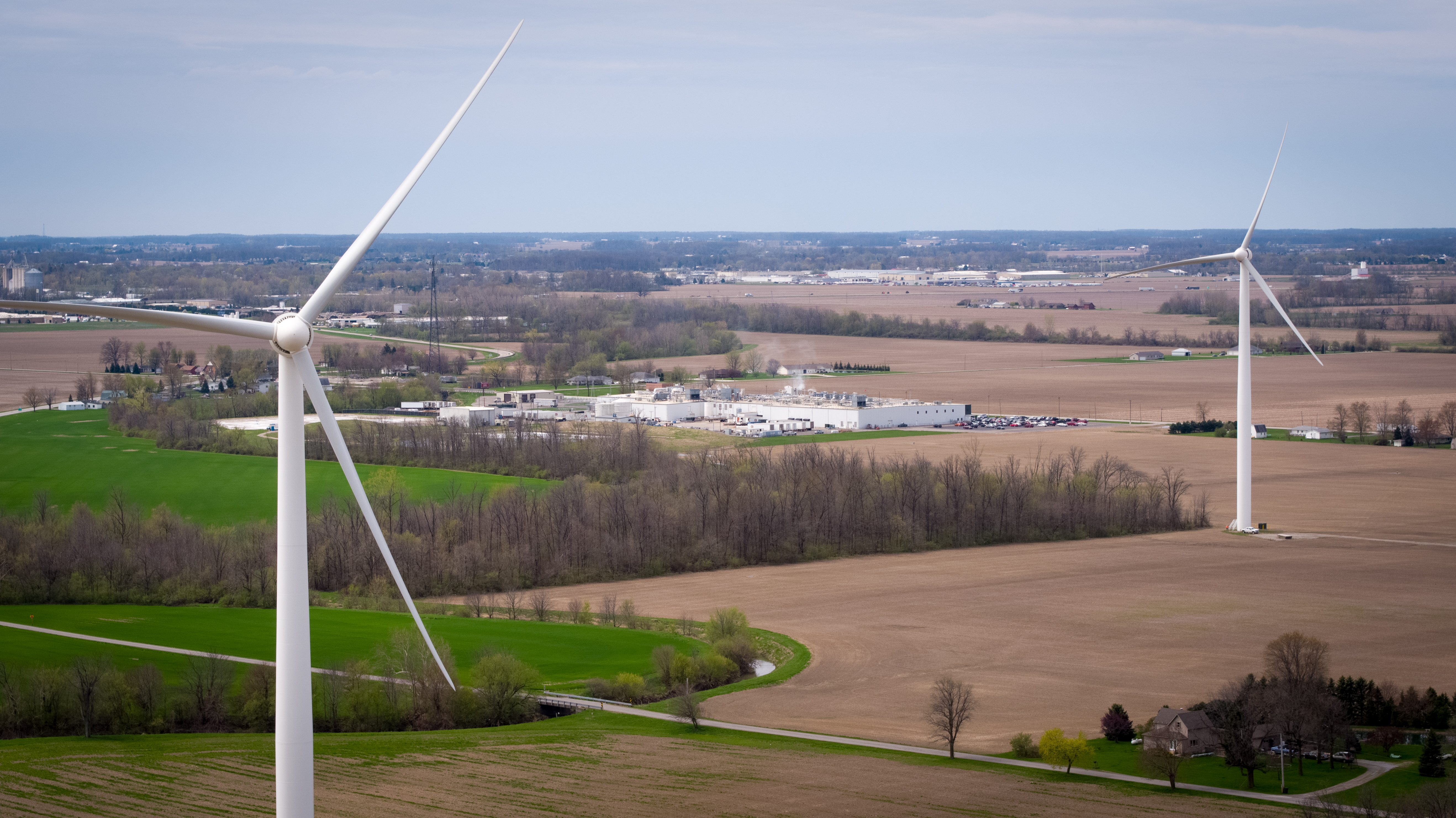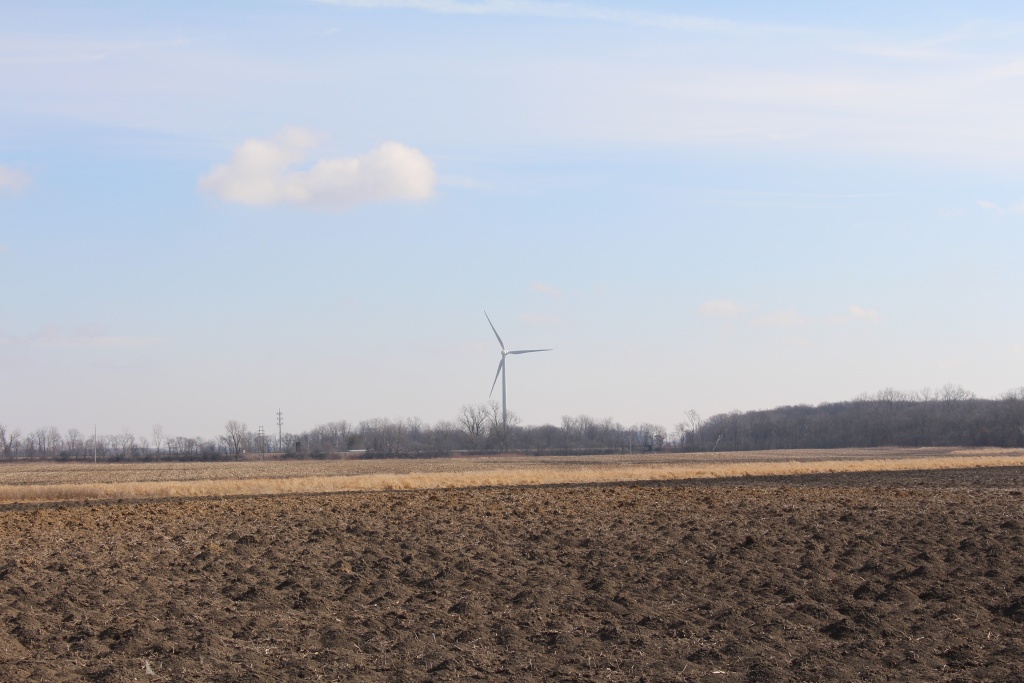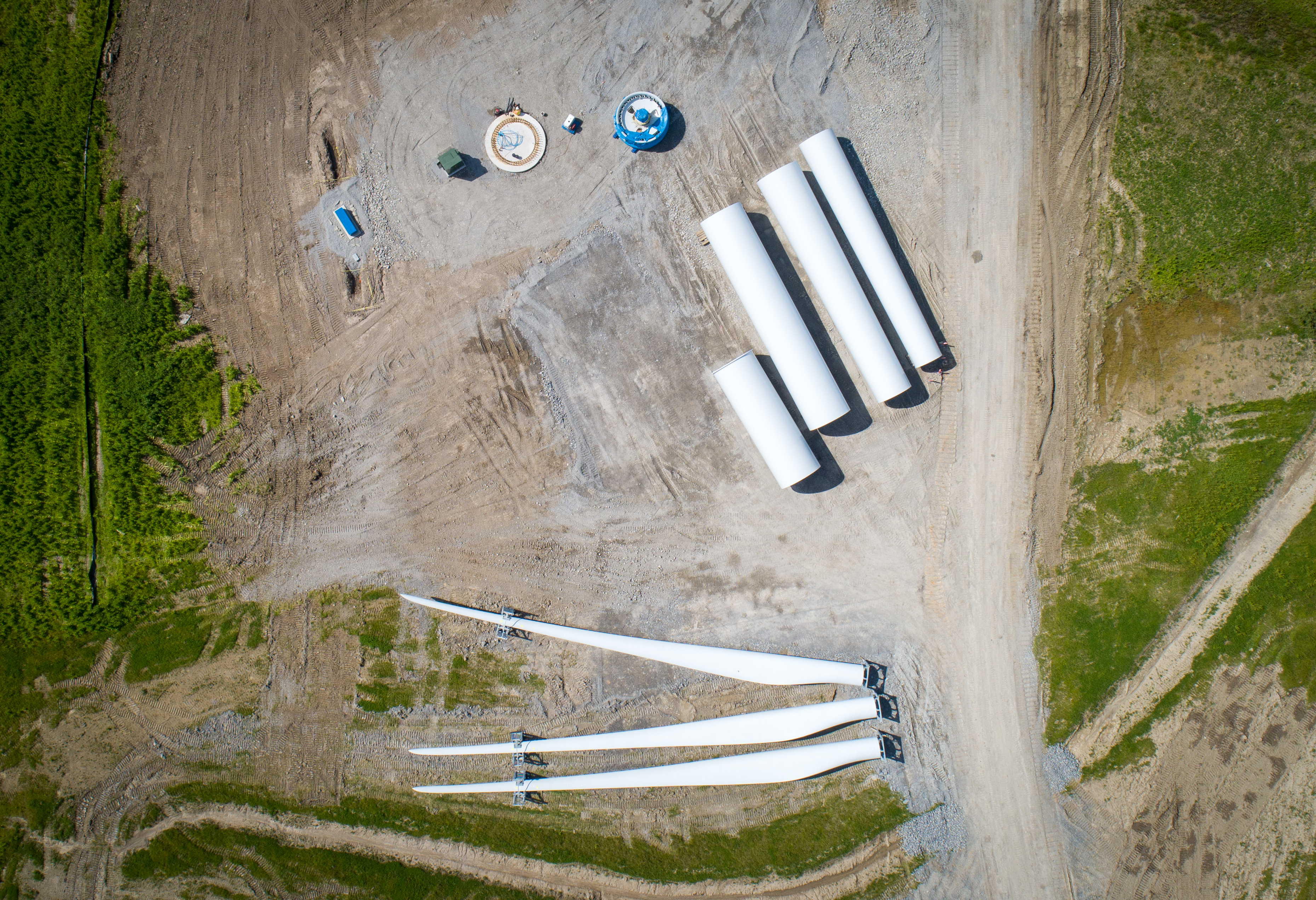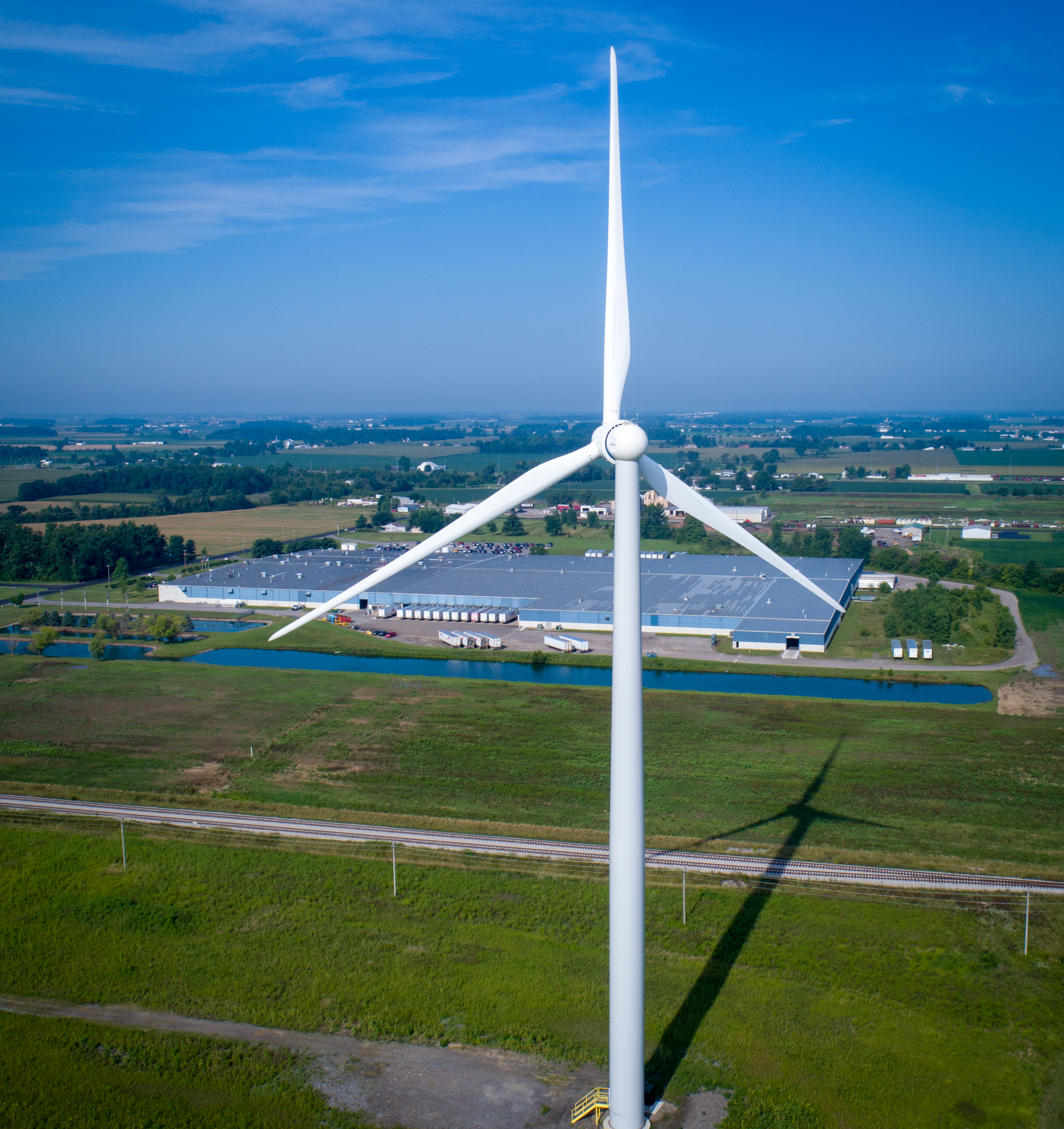I am a lawyer, but as in-house counsel for an energy company and an executive I also hire a lot of lawyers. Many people don’t understand why I do this. They figure one lawyer can handle most things. And when they ask me why I hire so many lawyers, I give them a simple analogy that drives the point home:
If you have cancer, you don’t see a cardiologist or your family doctor. You see the best oncologist you can.
The same concept applies to lawyers. Lawyers specialize. And you need the absolute best of the best to guide your thinking or you are in big trouble.
Why is that? Because a lot is on the line. Companies, like individuals, hire lawyers to do two things: 1) to get them out of big trouble and 2) to prevent them from getting into big trouble in the first place. People hire lawyers to help them on the worst day of their life, and to prevent them from having the worst day of their life.
And yet, while lawyers are responsible for so much, I often find that the lawyers I talk to are inhibited by what most lawyers hate most about the profession: the billable hour.
I probably don’t have to say this, but lawyers are expensive. Most of the lawyers I hire are between $300 and $1,200 an hour.
Yes, $1,200 an hour.
These lawyers typically bill in 6-minute increments. And because they are so expensive, there is a pressure from clients for them to do things as quickly and efficiently as possible.
For some of the more straightforward issues that lawyers deal with daily, this system works. They don’t need a lot of time to process what is in front of them and can skip straight to the work.
But for big, complicated, legal questions and problems that have never been solved, it takes time. Time to gather information from the client. Time to think about it. Time to reflect. Time to apply all of your expertise, as well as the expertise of others. Time to strategize on the best way forward.
For solving the unknown problem, efficiency doesn’t cut it – because constantly striving for efficiency encourages you to give less time to the problem than it may deserve.
So, what is my lesson for the lawyers? Be flexible. Consider setting up monthly retainers where you bill a flat amount every month. Consider contingency fees. Consider setting up your firm so it encourages partners to collaborate with each other as experts and not hog their clients to themselves.
So lawyers, as an in-house counsel and executive, I can say honestly that I don’t need your time. I need your intelligence, your expertise, and your creativity. I need you to help me on the worst day of my company’s life and to prevent that worst day from happening in the first place. I need you to see the problem I don’t see. And I really don’t care what billing mechanism you use. Set up your business and your arrangements with your clients in a way that allows you to solve the unknown problem, and you will be invaluable.
Katie Treadway is the Head of Regulatory Affairs at One Energy.
Learn more about Katie and the One Energy team.



























